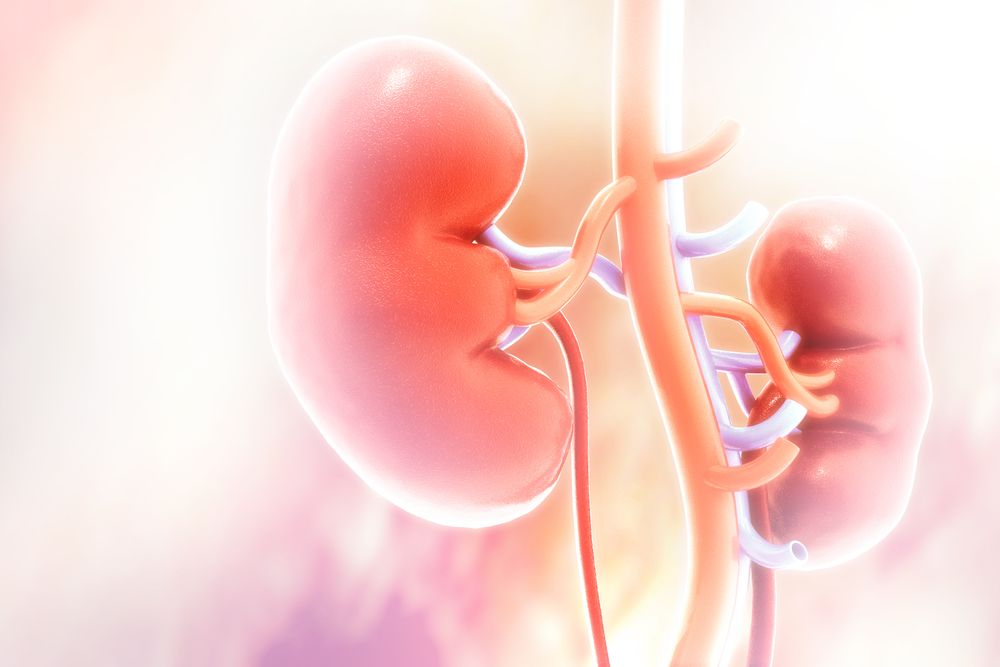Article
FIGARO-DKD Demonstrates Finerenone's Potential in Mild Chronic Kidney Disease
Author(s):
FIGARO-DKD concluded use of finerenone was associated with a 13% reduction in the primary outcome, which investigators purport demonstrates the benefit of finerenone use in a population with milder chronic kidney disease than those included in FIDELIO-DKD.

Coming less than 8 weeks after receiving US Food and Drug Administration approval, results of FIGARO-DKD presented at the European Society of Cardiology (ESC) Congress 2021 demonstrate the ability of finerenone (Kerendia) to reduce the risk of cardiovascular outcomes in patients with chronic kidney disease (CKD) and type 2 diabetes.
While the FIDELIO-DKD trial and subanalyses have established the efficacy of finerenone in patients with stage 3-4 CKD, the FIGARO-DKD trial enrolled patients with a wider range of CKD and provides evidence supporting use of finerenone in patients with a wider range of CKD.
“Finerenone improved cardiovascular outcomes in patients with mild-to-moderate kidney disease and type 2 diabetes treated with optimized RAS blockade and with well-controlled blood pressure and diabetes,” said principal investigator Bertram Pitt, MD, professor of medicine emeritus at the University of Michigan School of Medicine, in a statement. “The benefits of finerenone were consistent across eGFR and urine albumin-to-creatinine ratio (UACR) categories. Together with FIDELIO-DKD, the results support the use of finerenone to improve cardiorenal outcomes across the spectrum of kidney disease and type 2 diabetes.”
Although the rise of finerenone has not received the same attention as other diabetes medications, namely SGLT2 inhibitors, in recent years, the results of FIDELIO-DKD and the July 2021 approval for reducing the risk of sustained eGFR decline, kidney failure, cardiovascular death, non-fatal myocardial infarction, and hospitalization for heart failure in patients with CKD signaled the official arrival of a new agent with potential to alter treatment course of patients with diabetes.
Briefly, FIDELIO-DKD compared finerenone versus placebo therapy and found use was associated with an 18% reduction in risk for progression of chronic kidney disease and a 16% reduction in risk of the composite cardiovascular endpoint. More recently, a trio of prespecified analyses presented at ADA 2021 demonstrated the agent provided consistent effectiveness, irrespective of baseline insulin, GLP-1 RA, and SGLT2 inhibitor use.
FIGARO-DKD was a double-blind trial randomizing 7437 patients from study sites in 48 countries in a 1:1 ratio to placebo therapy or finerenone. The primary outcome, which was assessed in a time-to-event analysis, was a composite of death from cardiovascular causes, nonfatal myocardial infarction, nonfatal stroke, or hospitalization for heart failure. The first secondary outcome of interest was a composite of kidney failure, a sustained decrease from baseline of at least 40% in eGFR, or death from renal causes.
To be considered eligible for the trial, patients needed a UACR of 30 to less than 300 and an eGFR of at least 60 ml/min/1.73m2. Investigators noted patients included in the trial were treated with RAS blockage that had been adjusted before randomization to the maximum dose on the manufacturer’s label.
Ultimately, 7352 patients were included in the final analyses, including 3686 randomized to finerenone and 3666 randomized to placebo. This patient population had a mean age of 64.1±9.8 years, 69.4% were men, the mean eGFR was 67.8±21.7 ml/min/1.73m2, and 45.3% had a history of cardiovascular disease.
Upon analysis, which included a median of 3.4 years of follow-up, a primary outcome event had occurred among 12.4% (n=458) receiving finerenone and 14.2% (n=519) receiving placebo therapy (HR, 0.87 [95% CI, 0.76-0.98]; P=.03). Further analysis this effect was mainly driven by a 29% relative reduction in risk of hospitalization for heart failure (HR, 0.71; 95% CI, 0.56-0.90). When assessing the secondary composite outcome, investigators identified an outcome event in 9.5% (n=350) of patients receiving finerenone and 10.8% (n=395) of patients in the placebo group (HR, 0.87; 95% CI, 0.76-1.01).
In safety analyses, investigators found the overall frequency of adverse events did not differ substantially between those receiving finerenone and those receiving placebo therapy. Investigators pointed out the incidence of hyperkalemia-related discontinuation was greater with finerenone (1.2%) than with placebo (0.4%).
This study was presented as “FIGARO-DKD: finerenone in patients with chronic kidney disease and type 2 diabetes,” at ESC Congress 2021 and simultaneously published as “Cardiovascular Events with Finerenone in Kidney Disease and Type 2 Diabetes,” in the New England Journal of Medicine.




